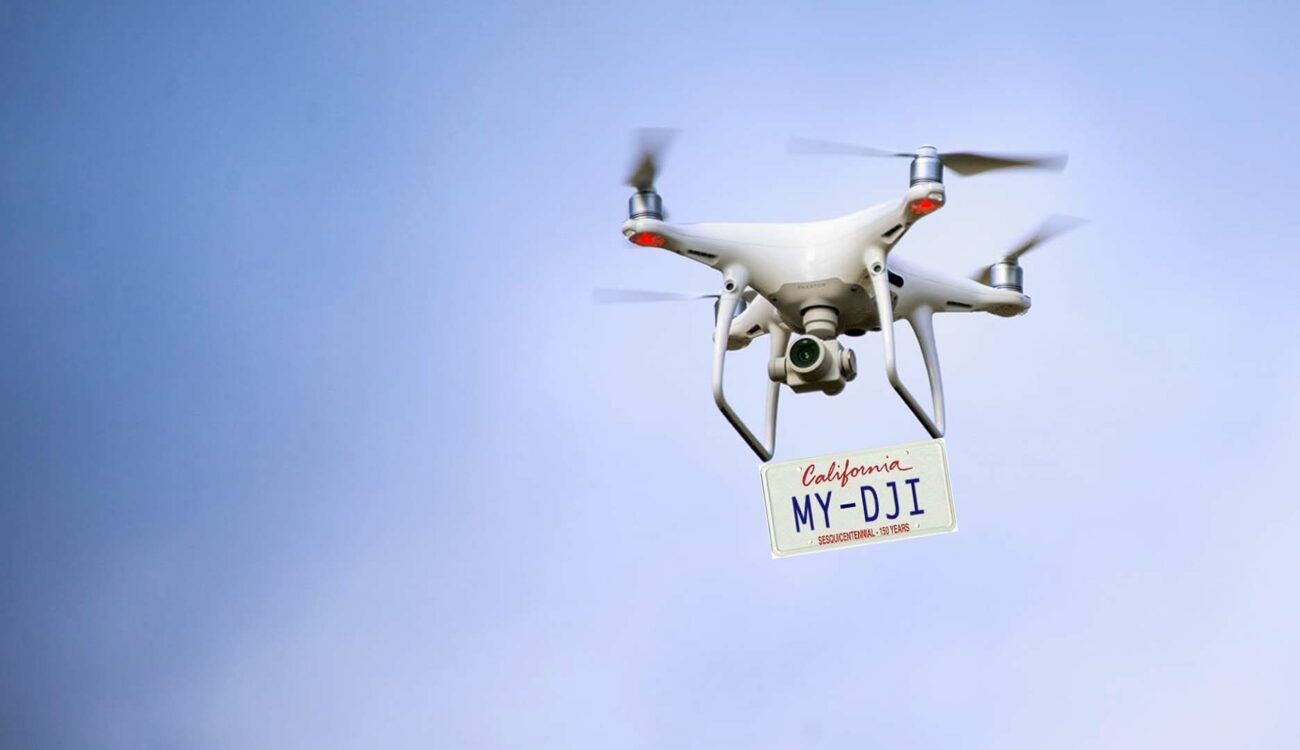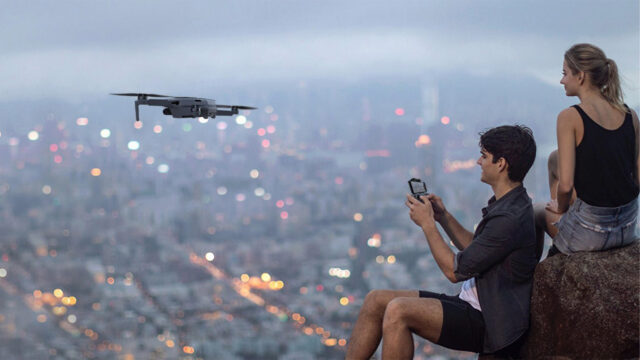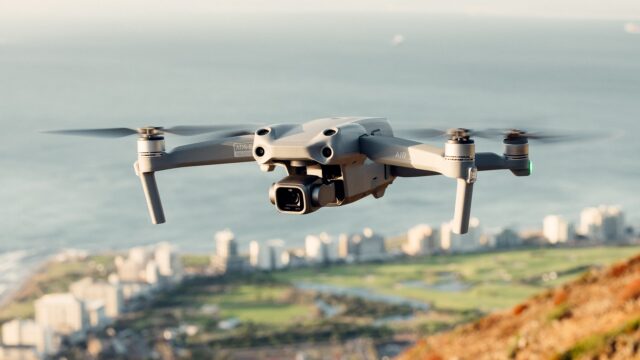
Do you remember when, just before Christmas, the Federal Aviation Administration (FAA) published a proposal that would let them track every drone flying in US airspace? These new rules have now come into effect. Let’s take a look into what this means for filmmakers operating in the US.
In 2016, the US Federal Aviation Administration (FAA) began granting waivers that allowed commercial entities to operate drones as part of its 107 rules.
This helped take drones from being manufactured purely as toys or hobbies through to breaking into the mainstream across a broad range of commercial applications. The rule also helped boost the drone market: according to Business Insider, since 2016 the annual sales of drones increased from $8.5 billion to an expected $12 billion in 2021.
Just before Christmas last year though, the FAA announced what proved to be a pretty unpopular update to its 107 rules for commercial drone pilots – its biggest set of changes yet. These new rules have come into effect as of yesterday. (To all filmmakers using drones in the EU, take a look at the new rules here!)
Philip Bloom's Cinematic Masterclass
The most controversial of the new rules is the “remote identification rule”. This stipulates that within 18 months, manufacturers will need to update all new mass-produced drones with a “digital license plate” so that the FAA and law enforcement can track all drones in US skies.
Luckily, since December the FAA has decided to remove all transmission requirements other than (local) broadcast-only, specifically internet / network-based transmission, from the final rule. That means that now, identification can be broadcast over short-range Bluetooth or Wi-Fi rather than needing an internet connection.
As a filmmaker, these new regulations have stipulated that by 2023, you’ll need to update all your drones to new models or retrofit old drones with remote ID technology if they’re flying on US soil. Otherwise, you risk flying illegally. The FAA and law enforcement will be able to see your broadcast identification number that they can cross-reference with your registration number, speed, and altitude.
There are some exceptions – if your drone weighs under 0.25kg or 0.55 lbs (e.g., the DJI Mini 2) and you’re using it purely for fun, it could be registered as a recreational drone and doesn’t have to comply with this new regulation.
(Note: If your film is non-commercial that doesn’t necessarily mean that it will fall under recreational use. On FAA’s website, they stipulate that if you are doing non-profit or educational work, you’d be considered a pilot who flies under the Part 107 rules. To figure out where you stand, try using the FAA tool here.)
You can also still fly your drone without remote ID tech, but you’ll be limited to what the FAA is calling its “FAA-recognized identification areas”.
The remote identification rule isn’t the only new regulation. There are also other changes that mean that with the right license, you’ll be able to fly at night and over people, depending on the level of risk your drone carries.
You will also have to complete recurrent online training to fly a drone under Part 107, and have your remote pilot certificate and identification in your physical possession when flying.
26th April Update:
We’ve reached out to the VP of Drone Service Providers Alliance, Vic Moss to learn more about the Remote ID rules and have a clarification to the above.
For the newly manufactured drones with Remote ID enabled, it’s not only law enforcement and the FAA that will be able to see your location, but in theory, anyone in the general public.
This does bring up issues around safety for filmmakers, who could be targeted by those who know their location. (Though currently there is no evidence to suggest the FAA is developing an app that will allow the public to see every drone operator’s location.)
The good news is, with no transmission requirements other than (local) broadcast-only, specifically internet / network-based transmission, those who can actually find you are very limited. According to Moss:
“With no networked remote ID requirement, all remote ID information will be broadcast only via Wifi or Bluetooth. And both of those are line of sight and extremely limited in reach. And the lower you are, the less people will be able to see your signal. The vast majority of UAS cine work is at or below 100’. At that distance, the remote ID signal broadcast by the drone will be very limited. Probably less than 200 yards. That doesn’t address the issue of nefarious people trying to find you, but it does limit who can find you.”
For retrofit drones, which would use a remote ID “Module”, the only thing people will see is the launch location of the drone, and the location of the drone itself. It will not show the pilot location unless the pilot remains at the launch area.
“One other way the FAA is trying to help us (UAS Pilots) out is by changing the wording of 18 USC §32,” Moss continues. “They are adding “UAS Crew” language where flight crews are listed, and quite possibly adding UAS to the aircraft language. I haven’t seen the final wording yet. While it won’t physically protect us from those willing to find us and do harm, it will give actual teeth to 18 USC §32 finally. We’ve been trying for this for a while. It will also remove any doubt from local law enforcement when it comes to whether or not UAS operations are covered in 18 USC §32.”
Huge thanks go out to Brett Burkhart who brought this to our attention.
Header image credit: Andrew Collings.
Read the full Remote ID and the Operations over People rules for yourself, and let us know what you think in the comments below!





























